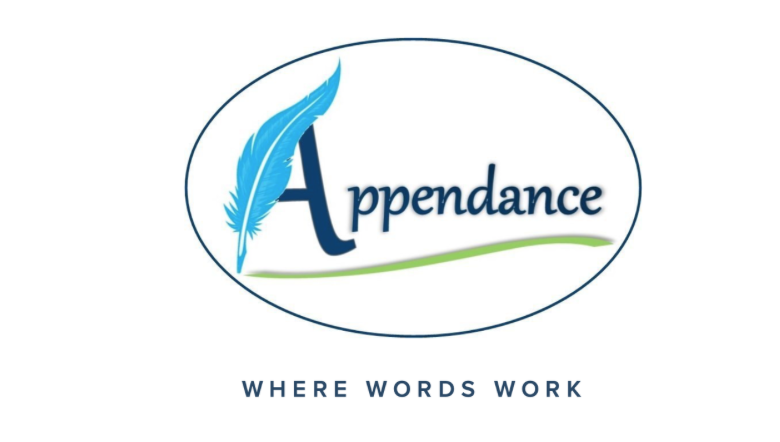Paragraphs
With our new technologies, twitter, facebook, text messaging, we have learned to cherish the shortest messages, and while the increasing value of the clear and concise 160 character message has improved our ability to communicate quickly, it hasn't helped our ability to communicate substantively.
We are losing the art of the paragraph.
A paragraph is a collection of sentences all working together to discuss and develop one idea. When the idea changes, a new paragraph begins. In order to adequately develop one main idea effectively, a paragraph needs at least three sentences: one to introduce the topic, one to add detail, and one to close the topic. Sometimes, that final sentence for the paragraph is moved into a single sentence paragraph, as I have done above, for emphasis, but generally, a complete paragraph needs three sentences.
Even more important that the number of sentences in a paragraph is the way those sentences work together to develop a main idea. Each sentence in a paragraph has a function, and if those sentences do not fulfill their function then the paragraph doesn't work. For example, review the following sentences:
"I am an English major. I'd like to make an appointment with a career counselor to discuss tailoring my resume to appropriate job opportunities. I look forward to seeing you next week."
While these three sentences may be part of the same email, they do not belong in the same paragraph. There are three distinct ideas here: background info about the writer, details for the pending appointment, scheduling the appointment. Each of these ideas needs to be developed in its own paragraph so that the ideas are complete (three sentences) and so that they make sense to the reader as the writer moves from one idea to the next. Here is a possible first paragraph for this message:
"I am an English major, studying x, y, and z. When I graduated I would like to use my expertise in these areas, my writing skills, and my love for travel in a job situation. I think that working in a A, B, and C company might be good opportunities for me based on my background."
The first sentence provides background information and indicates that this paragraph is about background information. The second sentence developed those details, adding further information, and starting to link it to the idea of future employment. The third sentence provides more detail and leads into the next idea, so when the next paragraph begins with the idea that the writer would like to tailor his/her resume to job opportunities, that idea makes sense because it is directly related to the final idea in the first paragraph. The paragraph is leading the reader through a series of steps, providing more detail and development, and leading toward the next main idea. This is what you want paragraphs to do.
So, if you need to write a longer message, keep in mind that paragraphs are a useful tool for organization that help both you and the reader understand how your ideas are grouped and how they are related to each other. The first sentence should indicate what the paragraph is about, the middle sentences should provide detail, and the last sentence should summarize the main idea while leading the reader toward the next main idea.
If nothing else, make sure that each paragraph, whether one sentence or twenty, is only about one thing at a time.
